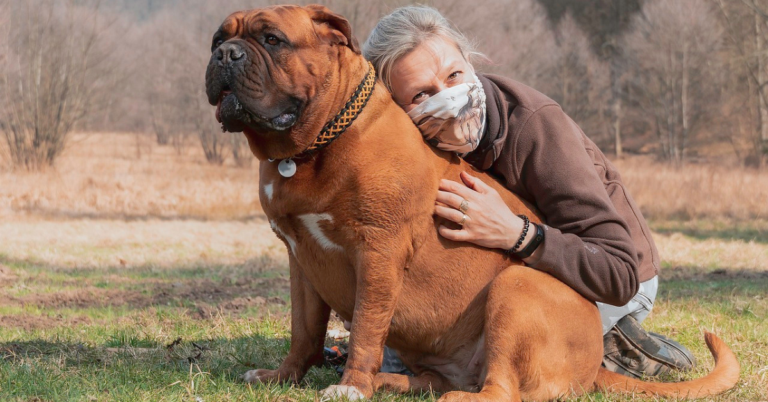Rescuing a Dog Abroad? Here’s What You Need to Know
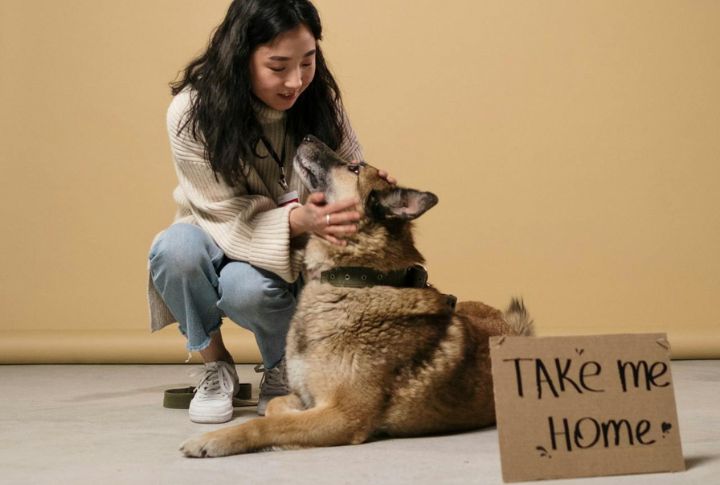
Rescuing a dog from another country is a journey that is full of immense joy and fulfillment for you and your new pet. This process, filled with hope and compassion, promises a better life for a deserving animal. However, it involves more than booking a flight—here are ten essential steps to bring them home.
Find a Reputable Rescue Organization
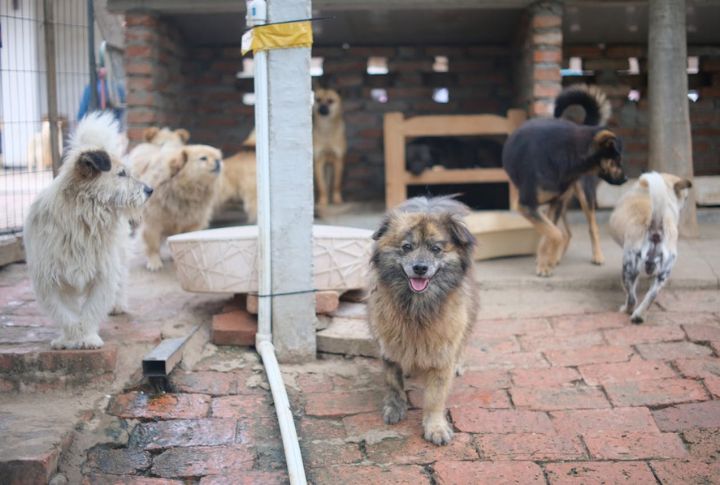
Not all rescue organizations are created equal, so it’s essential to thoroughly vet the group you’re working with. Look for organizations that are transparent about their process. Ask for recommendations and verify if they adhere to international adoption standards. Make sure they can provide all necessary documentation, including vaccination records.
Overcome Language and Cultural Barriers

When navigating foreign shelters, veterinarians, and authorities, language differences can complicate communication. Misunderstandings may arise regarding the dog’s health status or legal requirements. Additionally, cultural attitudes toward animals can shape expectations, so understanding local customs can ensure smoother interactions throughout the process.
Research the Export Rules

Every country has specific regulations regarding the export of animals. Some countries may require that dogs have microchip identification that matches the information in the pet’s travel documents. Additionally, some nations may need proof of ownership and a record of the dog’s travel history to ensure compliance with local laws.
Ensure Vaccinations Are Up to Date
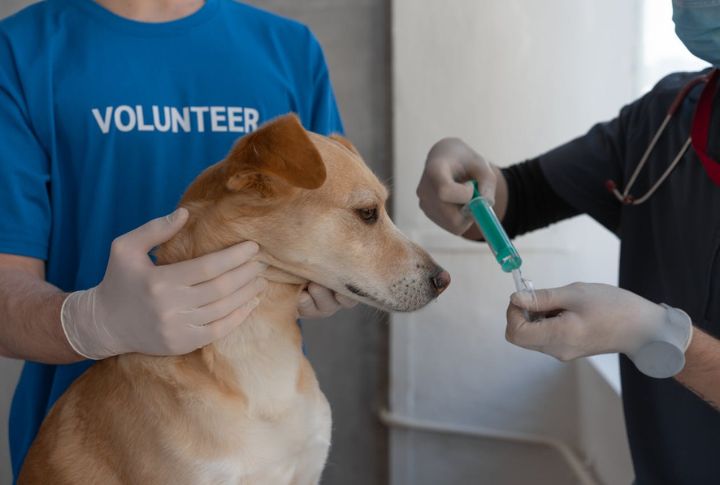
Vaccination requirements are strict for animals traveling internationally. Common vaccines include rabies, distemper, and parvovirus, but each destination may have its own list of mandatory immunizations. However, some countries may require additional vaccines, especially if you’re adopting from a high-risk area. Ensure that all vaccinations are documented and meet international travel standards.
Get an International Health Certificate

An international health certificate ensures that your dog is in good health and is fit for travel. A licensed veterinarian must issue this certificate within 10 days of travel (in most cases), and it may also require endorsement by a government veterinarian in a few countries. Without it, your dog may be denied entry upon arrival.
Obtain Import Permits if Needed
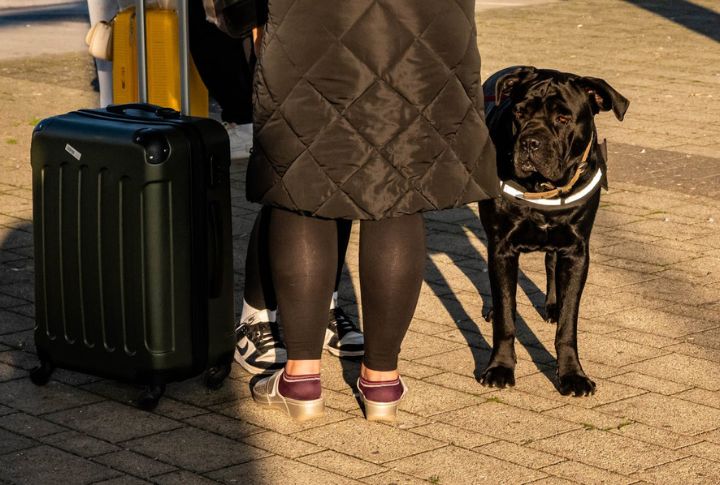
Many countries, including the US, have strict regulations for bringing animals into the country. Depending on where the dog is coming from, you may need an import permit, which grants official permission to bring the dog into your country. The process for obtaining an import permit can take weeks or even months, so try starting early.
Plan the Flight
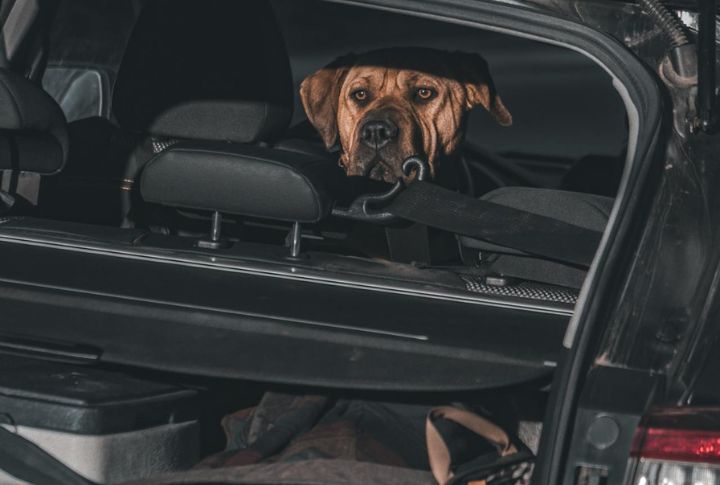
Research airlines that are pet-friendly and confirm their policies regarding crate size and climate-controlled environments. Many airlines have specific guidelines for pet travel, particularly regarding the temperature during flight, as extreme heat or cold can be hazardous to animals. Be sure to book flights that align with your dog’s safety, avoiding overly long layovers.
Consider Using a Pet Transport Service

Pet transport services, also known as pet relocation companies, are experts in moving animals across borders and ensuring their safety throughout the journey. These professionals handle everything. So, if you’re worried about paperwork or logistics, using a pet transport service can reduce stress and ensure your dog’s move goes smoothly.
Quarantine Rules and Regulations
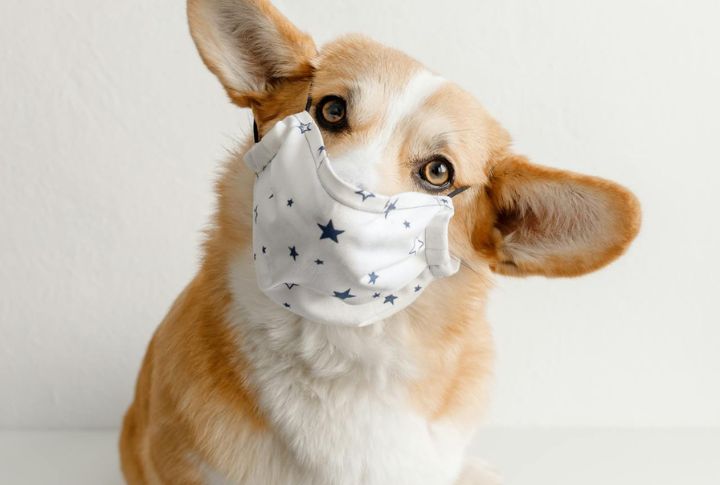
Depending on your home country’s regulations and where your dog is coming from, a quarantine period may be required. Countries like Australia and New Zealand have some of the strictest quarantine requirements, sometimes lasting weeks. In contrast, countries such as the US have more lenient policies, only imposing quarantines if the dog’s vaccination records are incomplete.
Settle Them In Gradually

After a long journey, your rescue dog will likely be tired and stressed. It’s essential to give them time to adjust to their new surroundings. Set up a quiet, comfortable space where they can decompress and feel safe. Gradually introduce them to family members and any other pets. Stick to a consistent routine to help ease their transition.
